Will Robots be the Caretakers of the Elderly by 2050?
In 2015, sales of a robot named ROBEAR have exceeded all expectations in Japan.
When we talk about robotics, we refer to the branch of technology that studies the design and the construction of machines capable of performing tasks performed by humans or tasks that require the use of intelligence. From the outset, technology has always been closely linked to progress, innovation and luxury. Hence, this sector is constantly evolving in order to enhance and differentiate existing products and services. As an example, I’d cite the Starwood hotel chain in California where a prototype of a robot butler is beeing tested to serve customers.
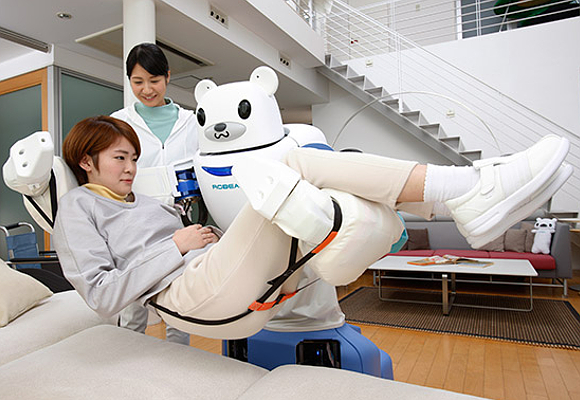
According to a number of studies, by 2050 the world population will have reached nine billion people and the percentage of humans over 60 will have doubled by then. In this context, it comes as no surprise that the robotics sector is focused on elderly and/or disabled people. Just a few months ago, ROBEAR has been introduced. It is an assistant for the elderly, with the power and technology of a robot and the rather endearing appearance of a bear. With a stature of 1.50m and a weight of about 140kg, ROBEAR can lift up to 80 kg and has a sensor that detects how much effort is necessary to gently get someone out of bed and delicately sit him/her in a wheelchair.
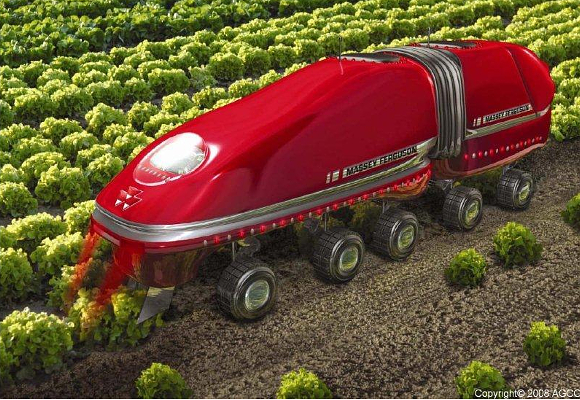
Like other “new” technologies in the past, the robotics sector is likely to morph rapidly from being a somewhat exotic outsider today into an everyday phenomenon tomorrow. Just remember the car or the cellphone, once they they stopped being “new” and prices had declined, these technologies became rapidly indespensable. Technology and robotics for everyone. Helping to resolve global challenges and improve every aspect of our daily lives. Moreover, in the industry, productivity and technology are intimately linked and necessary for economic growth. Also, in terms of sustainability, technology in general and robotics in particular seem essential to improve our relationship with the environment.
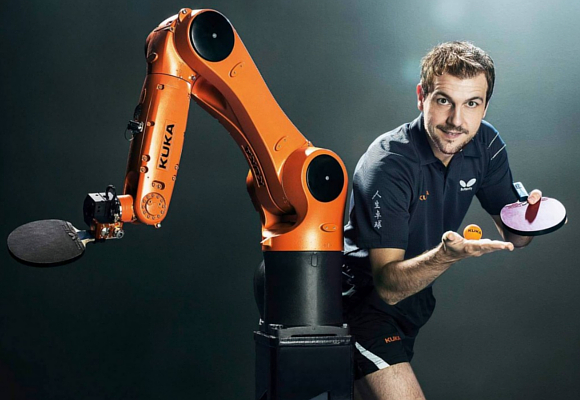
Ultimately, it’s all about improving our quality of life, a luxury by itself. As always in this column, we highlight the relationship between luxury and finance, trying to come up with investable ideas. KUKA, a company we’ve been following for a while now, is specialized in industrial robots, automation technology, control units and software packages for a number of applications. After the severe correction in stock-prices across the board over the past months, this could be an interesting moment to consider an investment in this company.
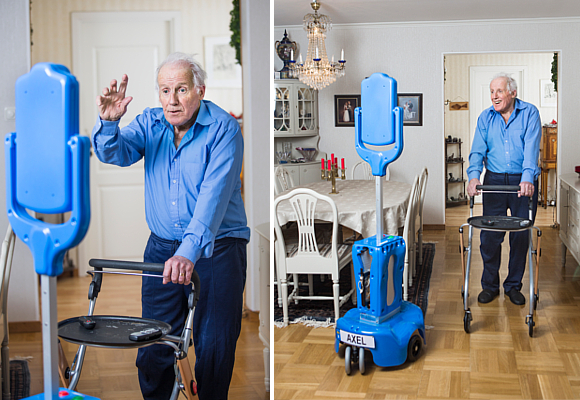
Pictet, a fund manager specializing in theme funds, just launched “Pictet Robotics”, a vehicle that invests in companies related to the robotics sector and industries close to it: Industrial automation (manufacturing, logistics and 3D printing, consumer applications and services (health care) and technologies linked to perception, motion and analysis. The fund includes american companies such as Rockwell Automation and Qualcomm, the japanese Fanuc and Keyence and the aforementioned Kuka.
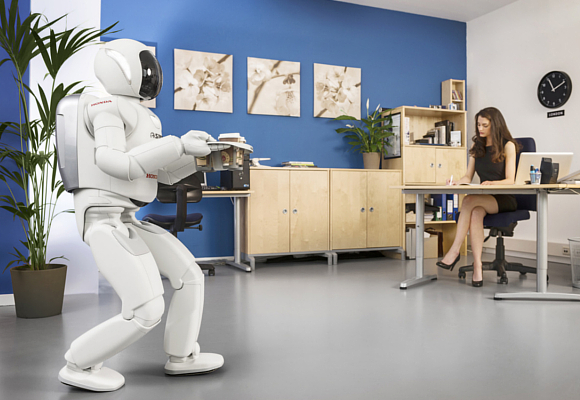
The global robotics market is expected to grow by 10% annually, a sustainable growth rate over time. We regard it as one of the coming mega-trends and therefore include it in our investment universe. Both proposals are part of the Kokoro Captial Investments SICAV portfolio that we advise exclusively. We formulate recommendations for stocks that we see participating in megatrends as well as for other investment themes treated in this column.
